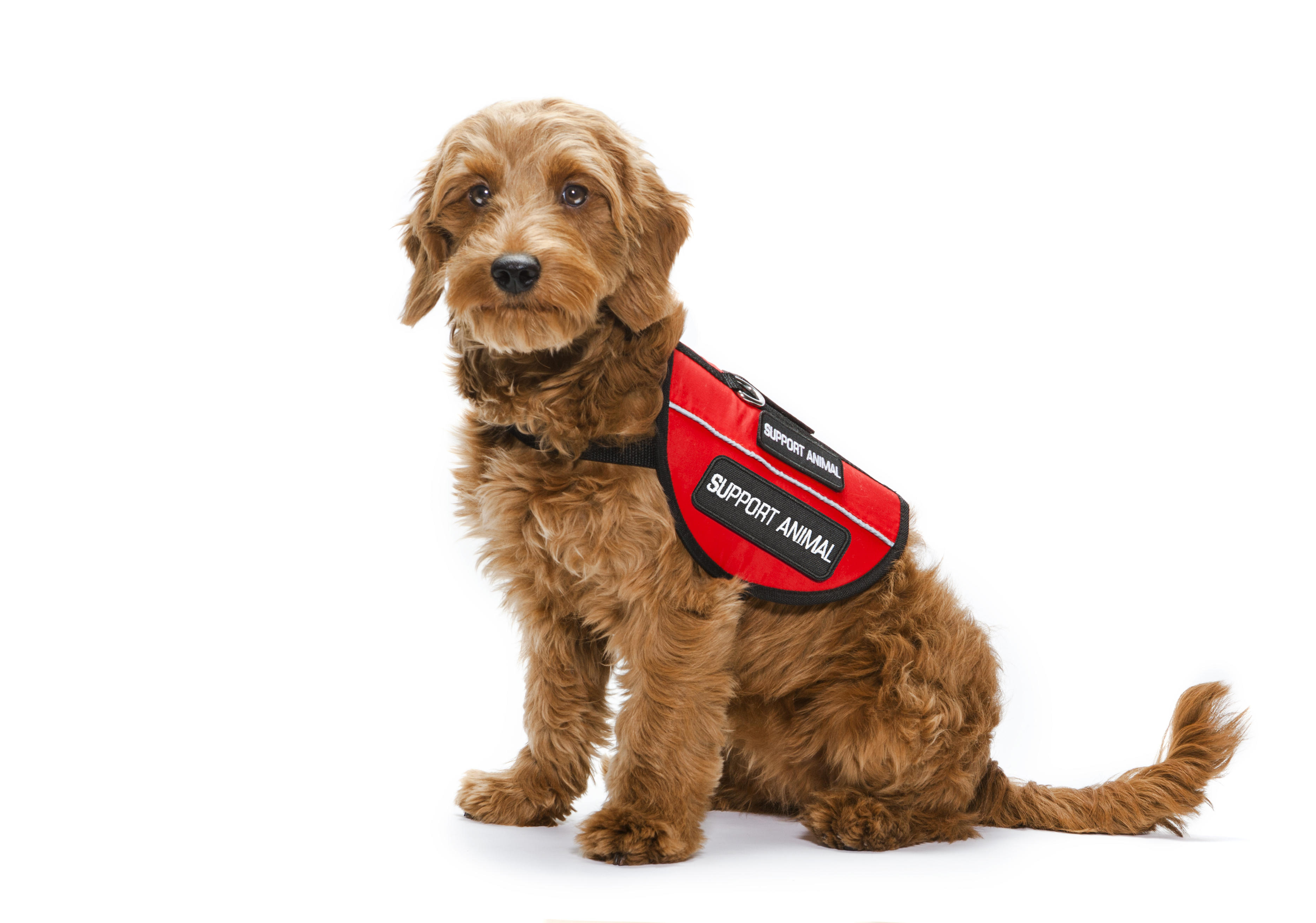As vaccinations become more readily available to the American public, the possibility of travel feels attainable. After over a year of varying levels of lockdown, it is also incredibly enticing. However, passengers will not be returning to the same flying environment they left before the pandemic. Many major airlines placed a ban on emotional support animals on planes in 2020 after the Department of Transportation announced emotional support animals would not be considered service animals.
The Basics of Emotional Support Animals
The Americans with Disabilities Act defines a service animal as a “dog that has been individually trained to do work or perform tasks for an individual with a disability.”
Emotional support animals can provide service and comfort to their owners. This ban has put many owners in a state of desperation. 80% of owners would pay in order to ensure their pets were seated with them instead of in the cargo hold, with just about 20% of owners willing to spend at least $300. Prior to the ban, emotional support animals were ticketed and boarded with their owners. Service dogs are still able to ride with their passengers for free, although some airlines will ask for the service dog’s certification forms.
Passengers and organizations that oppose the presence of emotional support animals point to an 85% increase in incidents involving emotional support animals since 2016. Almost 2 of every 5 flying passengers have been on a flight where an incident involving an emotional support animal occurred. Two notable incidents are a dog biting an American Airlines attendant in 2019 and an emotional support pig defecating in a plane’s cabin in 2014.
The State of Flying
This ban affects more than just passengers who have support animals themselves. In fact, 48% of airline customers report they feel happy when seeing an animal on the plane. 10% of people reported reduced anxiety when there is a support animal on the same flight. On the other hand, 11% of people are annoyed with the presence of support animals, 10% feel increased anxiety, and 9% of passengers have an allergy to animals. Other passengers had a more diplomatic view: 34% of airline customers understand support the ban on emotional support animals, while still wishing customers who need the support could have an alternate option.
Airlines for Americans reports that over one million passengers brought emotional support animals on plane rides in 2019, and 90% of people who tried to certify pets as emotional support animals were successful. This spike in passengers with emotional support animals is a direct result of loosening restrictions, which ultimately might have led to the 2021 ban.
Though that spike likely resulted in exploitation of the emotional support animal system, the ban will place untold strain on passengers who relied on that source of comfort. Unfortunately, the passengers with emotional support animals will not be the only ones suffering. Over half of American passengers prefer flying next to animals than babies or toddlers. The post-pandemic travel boom will offer all passengers a less animal-friendly cabin.





Leave A Comment
You must be logged in to post a comment.